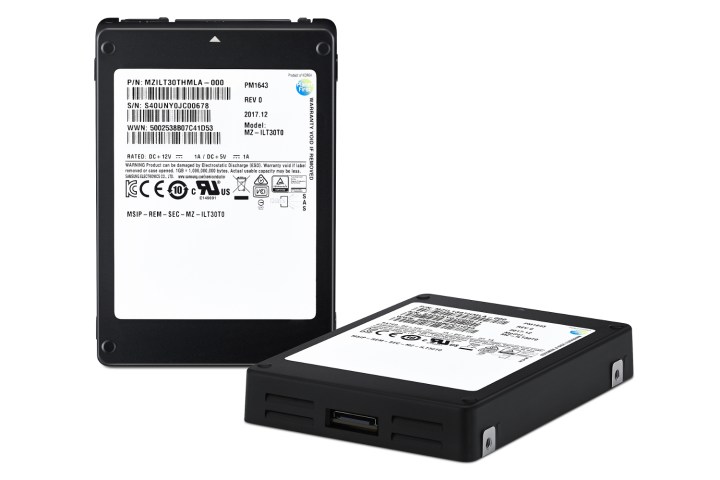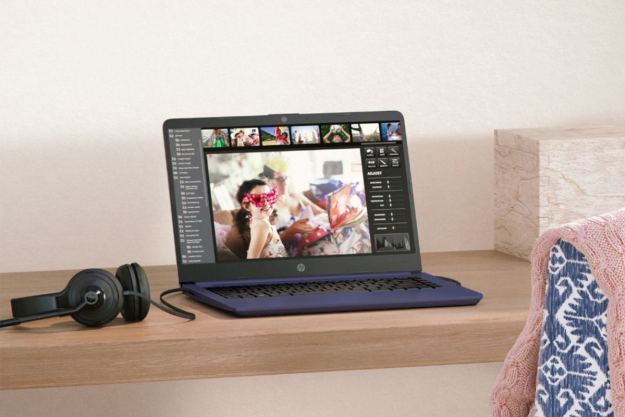
Samsung recently introduced a new solid-state drive (SSD) for the enterprise packing a hefty 30.72 terabyte (TB) storage capacity. Labeled as the PM1643, it relies on the company’s V-NAND storage technology, promising higher storage capacities and faster data access than the standard SSD . It follows the company’s 15.36TB SSD released in March 2016.
Although data centers still mostly rely on clunky mechanical hard drives, storage manufacturers are pushing NAND flash-based products to serve as the new norm. But the endgame may take some time given standard hard drives still have a cheaper per-gigabyte price point than current SSDs.
The use of 3D-flash technology is also pushing to become the norm. A typical SSD relies on memory cells spread out like a city block packing up to three floors each. Meanwhile, 3D-flash technology crams storage cells onto layers, creating a stacked skyscraper of up to 64 “floors.” And instead of using streets to reach a particular office, data travels up and down elevators.
That is an extremely simplified explanation, but the end result means storage capacities aren’t locked to the physical, horizontal real estate of the SSD. Data travels to and from memory cells faster too given the straight elevator-type pathway.
On a more technical level, Samsung’s new SSD contains 32 physical NAND flash “packages” with a 1TB capacity each. Dig a little deeper, and each package contains 16 layers with a single 512-gigabit chip installed on each layer. These 512-gigabit chips contain 64 “floors” playing host to memory cells with three layers. Crazy, right? That is the miracle of modern technology.
But that is not all — the SSD relies on a single controller chip that crams together nine memory controllers previously used in the company’s other high-capacity SSDs. You will find new firmware too supporting metadata protection, and data retention and recovery protection against sudden power loss.
“The PM1643 drive also applies Through Silicon Via (TSV) technology to interconnect 8Gb DDR4 chips, creating ten 4GB TSV DRAM packages, totaling 40GB of DRAM,” the company says. “This marks the first time that TSV-applied DRAM has been used in an SSD.”
According to Samsung, the new SSD provides double the performance than the previous 15.36TB model (PM1633a) with a sequential read speed of up to 2,100MB per second, and a sequential write speed of up to 1,700MB per second. The 15.36TB model provides read and write speeds of up to 1,250MB per second.
In the case of both SSDs, they are standard 2.5-inch form factor drives that connect via the Serial Attached SCSI (SAS) interface. That connection is faster than what is typically used by hard drives and older SSDs, providing data transfer speeds of up to 12 gigabits per second versus six gigabits per second via the older SATA interface. More specifically, both SSDs support the SAS-3 interface.
Samsung didn’t say when the drive will go live for the enterprise, nor did the company reveal pricing. It’s currently in mass production, so stay tuned for more details as the ship date nears.
Editors' Recommendations
- The Samsung 990 Pro SSD is built for PS5 and DirectStorage
- Samsung’s 2nd-generation SmartSSD can process data right on the drive


